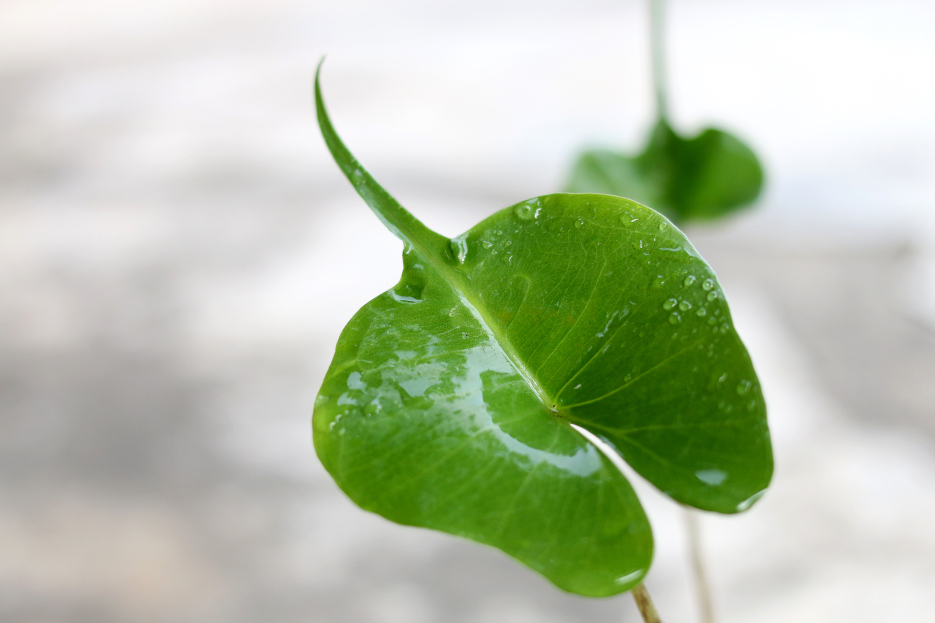
Alocasia Stingray is a stunning tropical plant, easily recognized by its distinctive leaf shape that resembles the wings and tail of a stingray. While it can be a bit particular about its environment, with the right care, it will thrive and become a standout in any indoor plant collection.
Alocasia Stingray prefers consistently moist soil but does not tolerate overwatering. It's important to allow the top inch of soil to dry out between waterings to avoid root rot. During the spring and summer, the plant will require more frequent watering as it actively grows. In the fall and winter, when growth slows or the plant enters dormancy, watering should be reduced significantly. Always ensure that your pot has good drainage and never let the plant sit in standing water.
This plant thrives in bright, indirect light. Direct sunlight can scorch the leaves, while low light can slow growth and result in smaller, less vibrant leaves. A spot near an east or north-facing window works well, or place it a few feet back from a bright south-facing window. To promote even growth, it’s helpful to rotate the pot every couple of weeks so all sides receive adequate light.
As a tropical plant, Alocasia Stingray does best in warm, humid environments. The ideal temperature range is between 65–80°F (18–27°C), and it prefers humidity levels of 60 percent or higher. If your home is dry, especially in the winter, consider using a humidifier, placing the plant on a pebble tray with water, or misting it occasionally. It's also important to keep the plant away from cold drafts, heating vents, or sudden temperature changes, which can stress the plant.
Propagation of Alocasia Stingray is done through division. When repotting, you may notice small offsets or baby plants growing from the base of the main plant. These can be carefully separated from the parent plant and potted individually in fresh, well-draining soil. The best time to propagate your Alocasia is in the spring or early summer when the plant is actively growing.
Alocasia Stingray requires a well-draining soil mix to support its root health. A blend that includes peat, perlite, and orchid bark is ideal, as it retains some moisture while allowing excess water to drain away. Your plant typically needs repotting every one to two years, or when it becomes root-bound. Spring is the best time to repot, as it coincides with the plant’s natural growing season. Always choose a pot with drainage holes to prevent water from accumulating at the bottom.
A common issue with Alocasia Stingray is yellowing leaves, which is often a sign of overwatering or poor soil drainage. If the leaves start to droop, it could be due to a recent change in environment, cold exposure, or inconsistent watering. It's also worth noting that Alocasia plants may enter dormancy in the winter months, during which they can lose some or all of their leaves. This is completely normal. Simply reduce watering during this time and wait for new growth to appear in spring.
Alocasia Stingray is toxic to both pets and humans if ingested. It contains calcium oxalate crystals, which can cause irritation to the mouth, throat, and stomach. It’s best to place this plant out of reach of curious cats, dogs, and small children to ensure their safety.
To keep your Alocasia Stingray looking its best, wipe the leaves occasionally with a damp cloth to remove dust and allow the plant to breathe. During its growing season (spring and summer), feed it every two to four weeks with a balanced liquid fertilizer diluted to half strength. Fertilization should be paused in the winter when the plant is not actively growing. Be on the lookout for common pests such as spider mites, mealybugs, and aphids. Maintaining high humidity and regularly inspecting the plant can help prevent infestations.